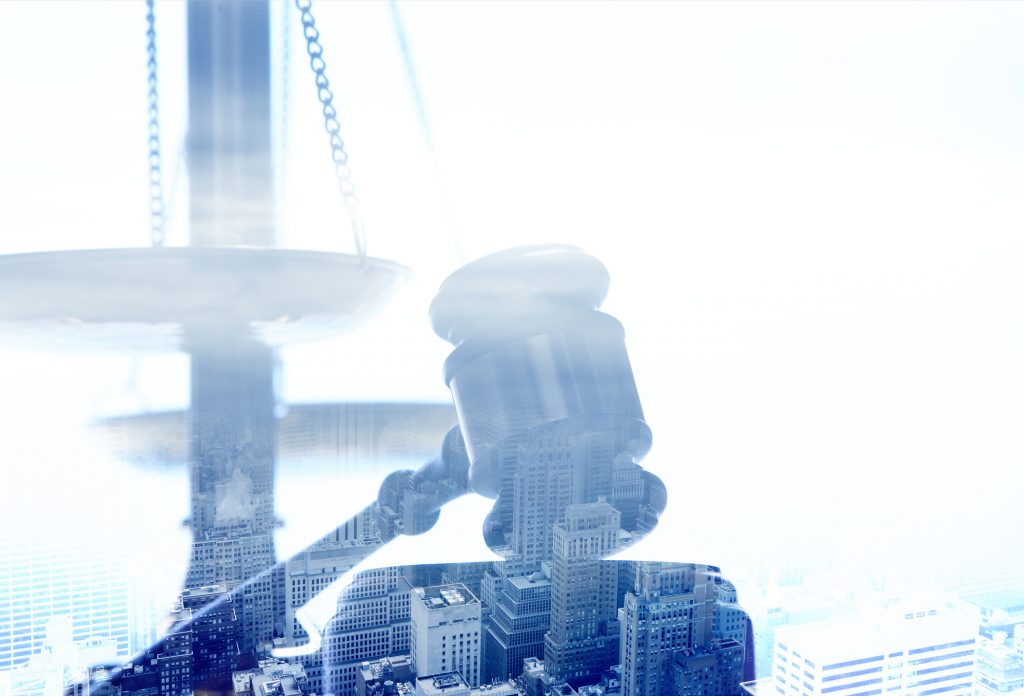
Air pollution: who’s liable for the damage to the environment?
When we talk about ‘cost’, we usually only think of one thing: money. But there are other types of cost too.
The cost to the environment
After more than a year of deliberation, the independent commission, appointed to decide if a new runway should be built in the UK, approved the project and selected Heathrow as the best site. The reasoning behind this new runway was that air links are one of the foundations of economic growth and maintain vital internal and global trade routes.
It’s estimated by the Airports Commission that this third runway will provide 77,000 new jobs. Heathrow has long-since reached capacity, and carries more high-value cargo than any other UK airport, so this decision will be greeted with open arms by many.
Although the project will have a monetary cost, many campaigners are more concerned by the environmental cost. This is not an unfounded concern as this new runway has been forecast to significantly undermine the government’s own climate change targets.
The government is effectively passing on this environmental ‘cost’ by offering aviation emission growth offsets to other sectors, i.e. paying other areas to cut down their emissions in order to help reach the overarching targets, and make up the difference.
Although the government cited ‘business’ as one of the reasons this runway was proposed, according to government data, the amount of flights taken for commercial reasons is relatively static, with the number of people taking flights for work actually declining over the last ten years. This has led campaigners and the media to question the true motives behind the new runway.
Change is needed
The Committee on Climate Change has asked the government to develop a strategy to show how it plans to tackle this issue. Air pollution is already above legal limits in London and is causing more illness than either obesity or alcohol use – an estimated 10,000 deaths a year. A new runway would exacerbate this issue – experts are speculating that the third runway has the potential to triple deaths by air pollution.
The aviation industry, though, is the biggest culprit when it comes to carbon footprints, and it’s estimated that by 2050, it will be using up over half of the UK’s entire emissions budget.
The UK does not have a firm stance when it comes to aviation emissions and The Airport Commission released guidelines outlining ways that the runway could be compatible with the Climate Change Act, but it relies almost entirely on the government hiking ticket prices up to discourage people from flying, which is considered unlikely.
It’s estimated that the Heathrow expansion will cost the taxpayer £18.2 billion, which might be better spent on a different sector – a more sustainable UK transport infrastructure, perhaps?
Environmental Liability Directive
The 2004 Environmental Liability Directive addresses this issue, aiming to make businesses that cause damage to the environment (whether this be water, land, nature or air pollution), both legally and financially responsible for the damage. So companies that have caused significant damage to the environment should be aware of the fact that legal action could be coming their way.
Who pays the price?
In 2014 Greenpeace, WWF International, and the Centre of International Environmental Law banded together to claim that executives of fossil fuel companies could potentially be personally liable for the damage their companies had caused to the environment. They put this to the insurance industry, asking who would cover the cost in the case that a lawsuit was filed. This same liability is relevant to the air pollution caused by aviation, and the insurance industry has evolved accordingly.
Are companies responsible for this catastrophic, and likely irreversible, damage to our environment? Or is it high-end executives within these businesses? And what insurance policies would cover them in the event legal action is taken?
Environmental liability insurance
Environmental liability insurance covers a company in the case it undergoes legal action relating to the damage it has caused to the environment. This could be damage to species and habitats or larger scale destruction such as air pollution, and could involve substantial reparations towards repairing the damage. Policies of this type typically also cover things such as reputational damage and crisis containment, as well as more immediate financial and legal costs.
Directors and Officers insurance can also provide cover towards this in the case that senior management are considered to be personally liable. As legal and financial responsibility begins to be taken for environmental damage, it’s important that companies protect themselves with the right kind of insurance, so that the business can bear the weight of these costs.






